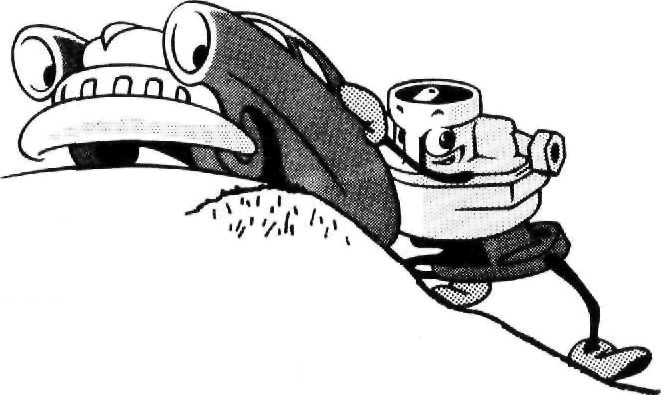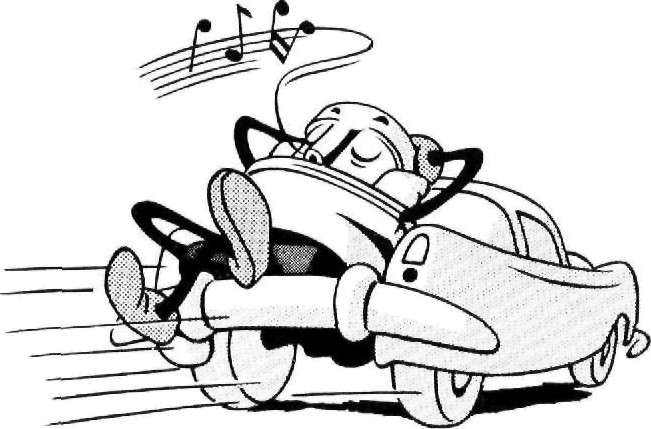The ABCs of Carburetion
UM-900 (1959)
Page 5 of 19
|
|
|||
|
THE CARBURETOR'S JOB Continued
|
|||
|
|
|||
|
PERFORMANCE DEMANDS
|
|||
|
|
|||
|
MAXIMUM POWER
When the throttle is
wide open, the carburetor is supplying all possible air. Since no
further air is available, the only way to increase power is to make
certain that all the incoming air is used for combustion.
In spite of the best
efforts of designers, perfect distribution is never reached; the
average mixture supplied to an engine may be completely correct, but
some cylinders will run slightly rich and others slightly lean. So
with no more air available through the carburetor, the lean cylinders
are the only source of un-
 |
burned air. The
mixture supplied to the engine is richened until the lean cylinders
become normal and all possible air is used for combustion. Of course,
the already rich cylinders will be made slightly richer, but the
excess fuel simply travels out with the exhaust gases.
Now it can be seen
that for maximum power, extra fuel is added to use all available
air and fuel economy becomes secondary.
|
||
|
|
|||
 |
|||
|
|
|||
|
FUEL ECONOMY
For operation other
than maximum power, it is desirable to supply an air-fuel mixture for
maximum economy. Economy requires the reverse of maximum power, in
that enough air is added to insure the use of all available fuel,
so that no fuel will leave the engine unburned.
|
The majority of
driving conditions allow an economy mixture, but in some cases economy
must take a back seat to power. So the automotive carburetor must be
able to supply either mixture to the engine, according to power
demands.
|
||
|
|
|||